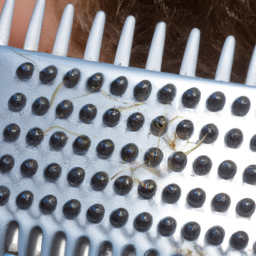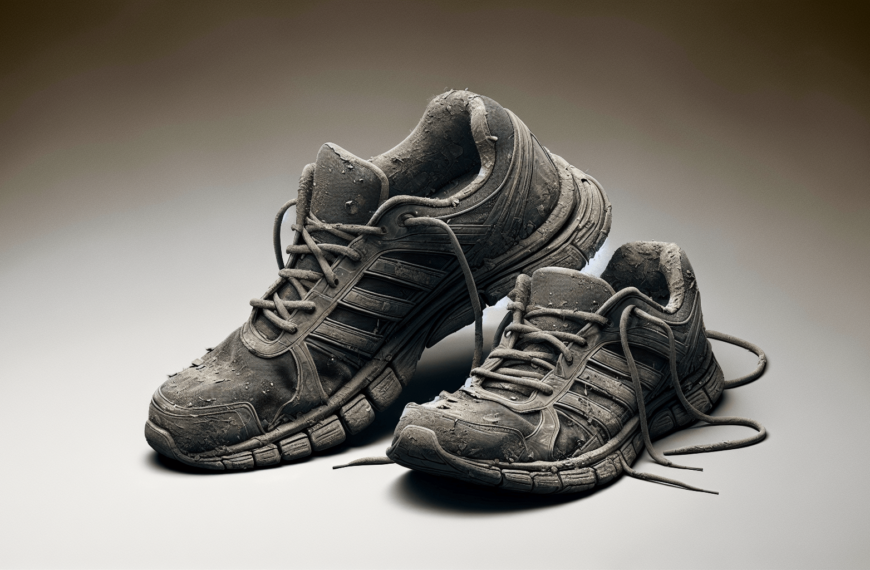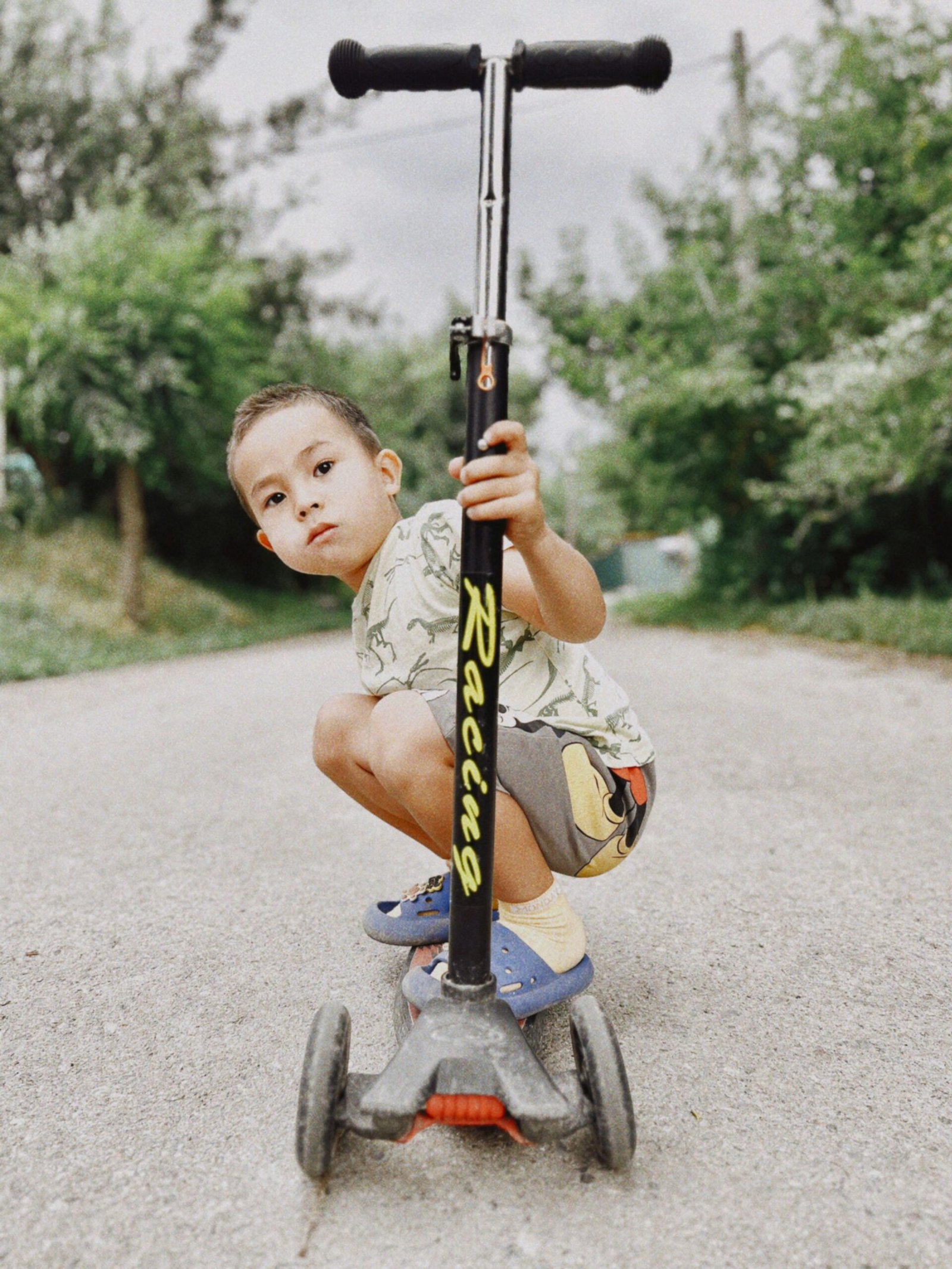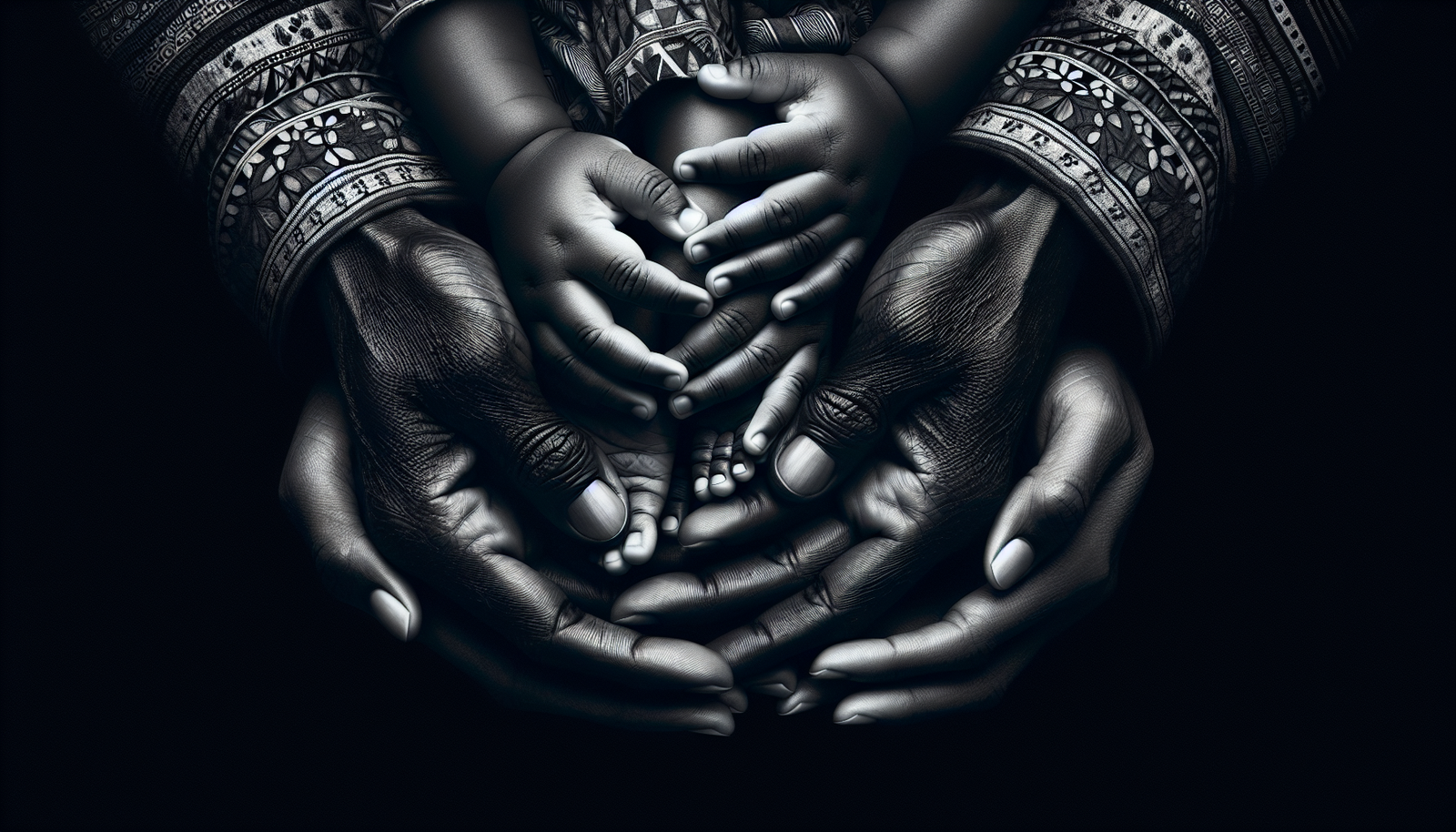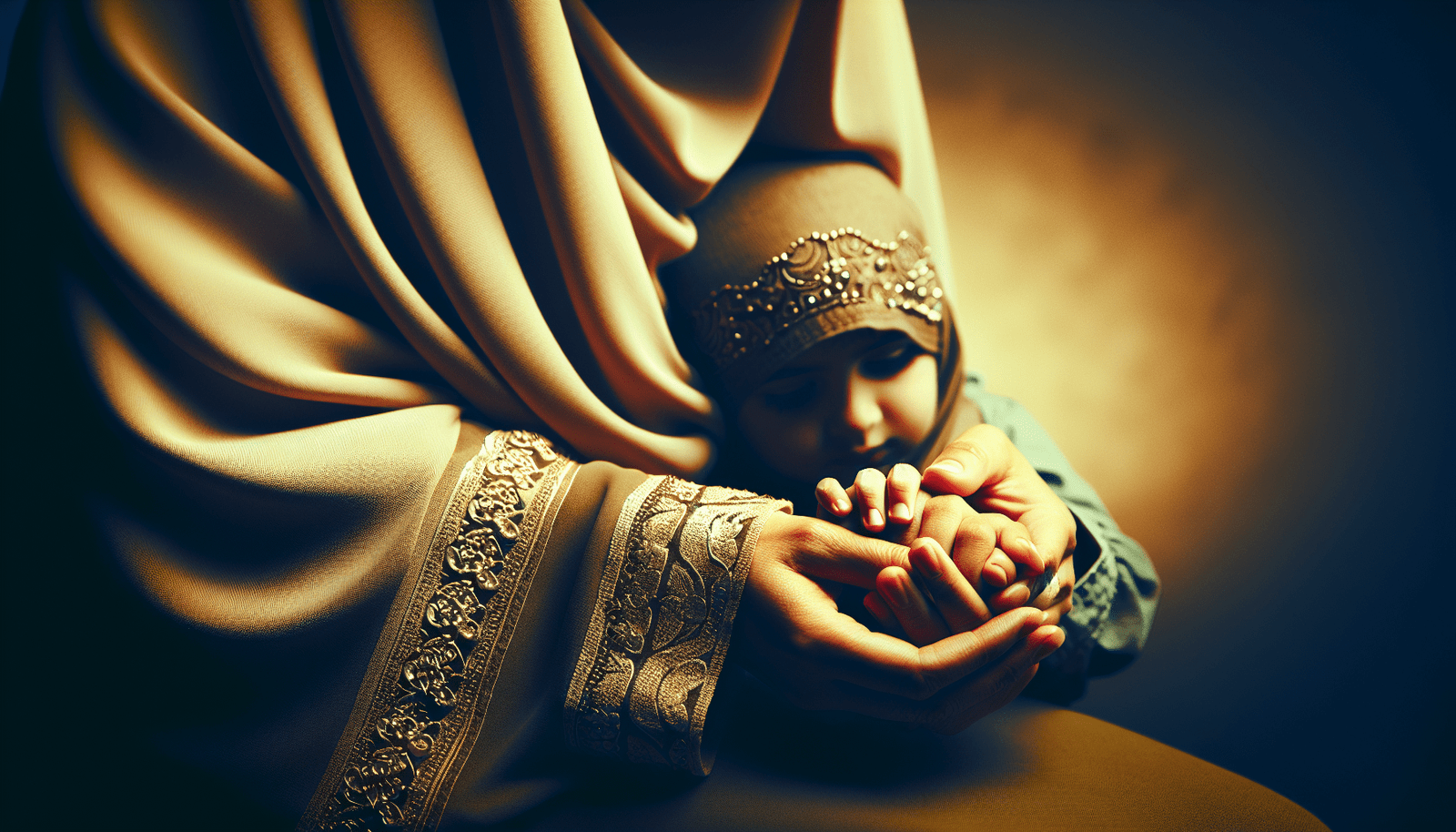Receiving the news that a child has head lice can evoke a range of emotions, from shock to worry and even embarrassment. Despite the fact that a head lice infestation does not imply poor hygiene or the presence of disease, there remains a social stigma and many misconceptions surrounding the issue. However, armed with accurate information, parents can effectively check for lice, treat their child, and implement preventive measures to stop the infestation from spreading. In this article, we will address critical questions and provide answers to help parents navigate the battle against head lice. From understanding the nature of head lice to learning how to identify and treat infestations, this comprehensive guide aims to equip parents with the necessary knowledge to address this common childhood nuisance.
Read more about the latest articles
What Are Head Lice?
Head lice are tiny insects found in human hair that survive by feeding on blood supplied by the scalp. A single adult is called a louse, and their eggs are called nits. In the United States, kids who attend daycare, preschool, or elementary school and those who live with them are most likely to face an infestation.
Read more about the latest articles
Symptoms of a Head Lice Infestation
Your child may not experience any symptoms, but here are some to be aware of:
- A tickling sensation or feeling like something is crawling in their hair
- Itching caused by an allergic reaction to lice saliva
- Difficulty sleeping since lice prefer to be more active in the dark
How Do You Get Head Lice?
Head lice don’t have wings and cannot jump; thus, crawling is the only way they travel. This means one person’s hair coming in direct contact with an infested person’s hair is the most likely way for them to move from person to person. This contact can occur on the playground, at slumber parties, or in sleep-away camps.
Transmission through contact with things that belong to someone with head lice is less common but still possible. This is why it is beneficial for kids to avoid sharing personal items such as hairbrushes, hats, ribbons, scarves, or towels. It is also uncommon for head lice to spread by sleeping on a pillow or couch that has recently been in contact with someone with head lice, but hairs that have been shed can have a louse or hatching nit still attached.
Can Lice Live in Short Hair?
Yes. Since their primary source of nourishment comes from the scalp, they are typically not far away. An infestation is likely when finding nits attached to hair within a quarter of an inch of the scalp, and treatment is recommended. So, kids with short hair are just as likely to become infested as those with longer hair.
Do Lice Like Clean Hair?
Even though some people associate head lice with poor hygiene, lice prefer to live in clean hair. Since lice cement their eggs to the hair shaft, it’s easier for the eggs to attach to hair that is clean and doesn’t have much oil.
How To Check For Lice
Ensure you have good lighting and a fine-toothed comb, like those with over-the-counter lice medication. Starting with wet hair can also help make head lice easier to see.
Head lice prefer to lay their nits in hair over warm places on the scalp, so begin your search near the nape of the neck and move upward, checking thoroughly behind the ears. Be sure to search in separated sections of the hair, examining the entire head. Once you confirm an infestation, check everyone in the household for the next 10-15 days.
To check yourself, use two mirrors, placing one in front of you and one behind you, and check behind your ears for either adult lice or nits. Inspect the base of your head by pulling your hair up and looking closely for movement or lice eggs.
What Do Lice Look Like?
Adult lice are fast-moving, light brown, and about the same size as a sesame seed. They do not like light and may scurry away as soon as you begin checking for lice.
Lice Eggs vs. Dandruff
Lice eggs (nits) are yellowish tan and securely fastened to the hair shaft. They are about the same size as a thread knot. When checking for an infestation, you may find it challenging to determine what you see: lice eggs vs. dandruff. To determine what is a lice egg vs. dandruff, try to remove it with your fingers. If it doesn’t come out easily, it is a nit. Other particles that may resemble nits can include leftover hair products, dirt, scabs, and sand.
How Can You Treat Head Lice?
Once you’ve identified whether it’s lice eggs vs. dandruff, knowing how to treat and kill head lice is essential.
The only reliable treatments available are medicated shampoos designed to kill lice. If your child is young, you’ll want to check with your pediatrician before choosing a shampoo, as some can cause scalp inflammation and burning. Your child’s healthcare provider may have better options available based on your child’s age. They may also know about local businesses specializing in lice treatment and removal.
There are several at-home head lice treatments you can purchase over the counter. The best lice shampoos have one of the two active ingredients that have been FDA-approved to kill lice: pyrethrins with piperonyl butoxide or permethrin lotion at 1%. Both are effective in killing live lice but not nits, so you must repeat the treatment 9 to 10 days after the first shampooing to kill any fresh hatchlings. Pyrethin medication has only been approved for kids over the age of 2. Permethrin is safe for kids older than two months but always talk to your pediatrician first.
Ensure your child’s hair isn’t rinsed with conditioner before lice treatment. Conditioners can prevent the medication from clinging to the hair shafts, and it won’t work as well.
It is crucial to follow the directions of the shampoo you choose carefully. Also, avoid using these like regular shampoos. Your child should be fully clothed, not in a shower or bath during shampoo. Because the skin can absorb these medications, you want to avoid having the medicated shampoo on any skin for any unnecessary amount of time. After treatment, your child must avoid getting their hair wet for at least two days since the medication still works.
After two treatments, some nits may still be attached to the hair but are unlikely to hatch, mainly if found more than a quarter of an inch from the scalp. You can use the fine-toothed comb with the shampoo to remove any remaining lice eggs after treatment for cosmetic reasons, but this doesn’t necessarily prevent the spread of lice.
If you’ve completed a full course of at-home treatment and still see lice crawling around, you’ll want to contact your child’s doctor for prescription lice treatment medication.
What Keeps Lice Away From Hair?
Head lice cannot live long, approximately 1-2 days after they have fallen off their food source, the scalp. Nits no longer in their ideal incubation environment of warmth and moisture of the scalp cannot hatch and will die in about a week. Even if a nit did hatch, it wouldn’t survive more than a few hours without feeding on human blood. Prompt identification and treatment of an infestation and preventing lice and nits from coming into contact with hair gives you the best chance at reinfestation.
Here are some additional steps you can take:
- Clean any brushes or combs your child has used thoroughly by soaking them for 10 minutes in water at least 130 degrees Fahrenheit.
- Bed linens that have come in contact with your child’s hair within 48 hours should be washed with hot water and dried using the hottest possible dryer temperature.
- Stuffed animals can also be put in the dryer for 20-30 minutes.
No one wants to learn that their child has head lice. Unfortunately, it frequently spreads among children, especially during the school year. Knowing how to check for them, treat the infestation, kill the lice, and prevent spreading them to others can help make this common annoyance more manageable.

